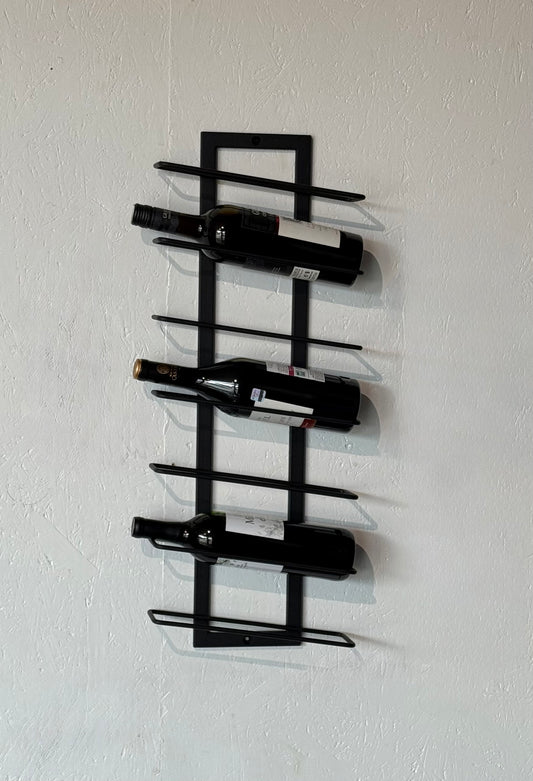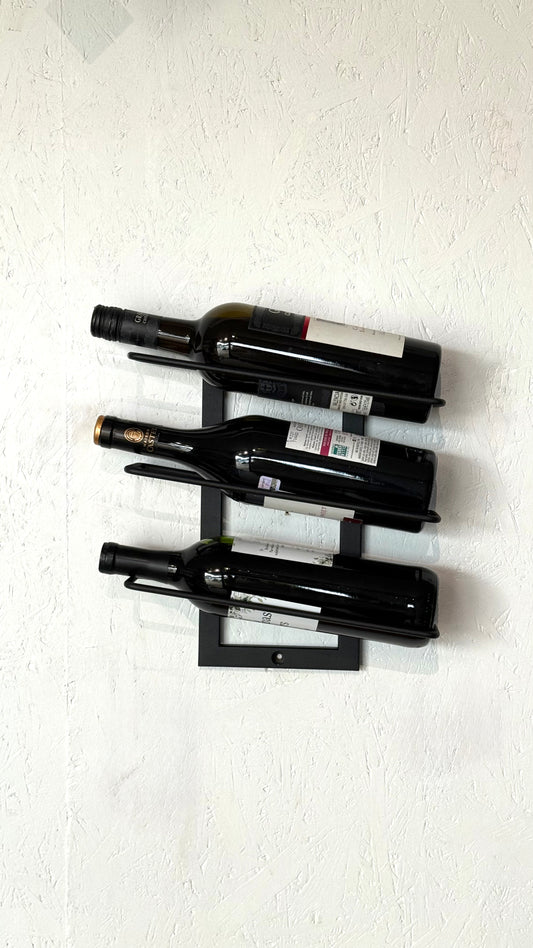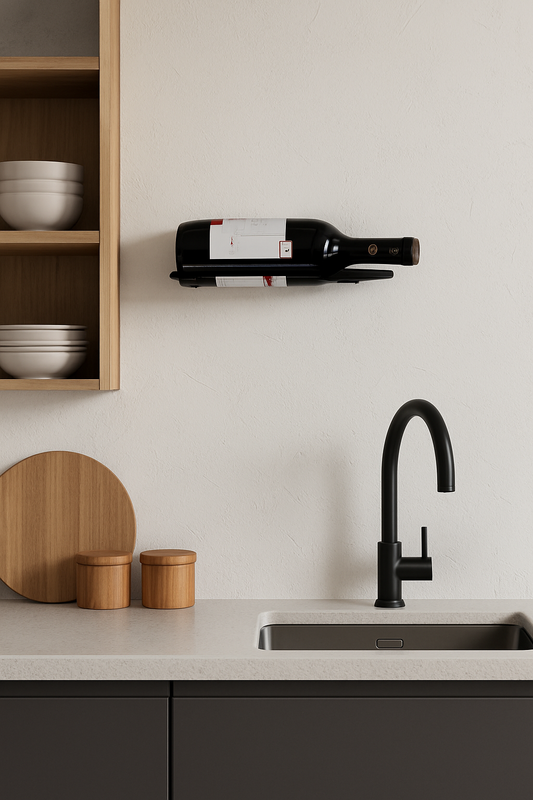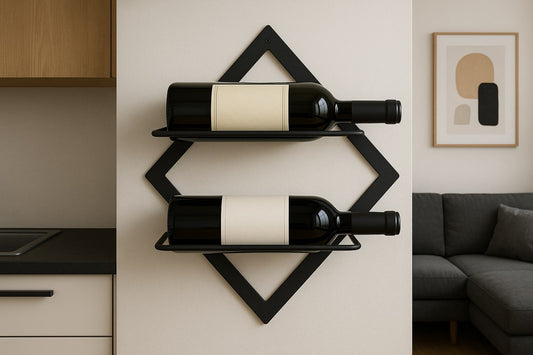The Ultimate Guide: 5 Surprising Benefits of a Home Trash Compactor
In the modern American household, managing waste has become a relentless chore. The ubiquitous kitchen trash can fills up with surprising speed, leading to frequent, often unpleasant, trips to the outdoor bins. This constant cycle of filling, tying, and hauling bags can feel inefficient and endless. For those seeking a smarter, cleaner, and more environmentally conscious way to manage household waste, the solution might be a powerful yet often overlooked appliance: the Trash Compactor.
Far from being a niche luxury item, a modern trash compactor is a highly practical tool that can revolutionize your kitchen's workflow and significantly reduce your home's environmental impact. It addresses the core problem of waste volume head-on, offering a suite of benefits that extend far beyond simply having to take out the trash less often. This in-depth guide will explore the mechanics, types, and surprising advantages of this formidable appliance, helping you determine if a trash compactor is the missing piece in your efficient and well-managed home.
Table of Contents
- What Exactly Is a Trash Compactor and How Does It Work?
- The Mechanics of Compaction
- The 5 Surprising Benefits of Installing a Trash Compactor
-
- The Prodigious Space-Saving Power of a Trash Compactor
- Significant Environmental Advantages of a Home Trash Compactor
- Unmatched Convenience and Time Savings
- Superior Odor Control and Kitchen Hygiene
- Long-Term Cost Savings
- Types of Trash Compactor Models to Consider for Your Home
- The Seamless Under-Counter or Built-In Trash Compactor
- The Flexible Freestanding Trash Compactor
- The Adaptable Convertible Trash Compactor
- Key Features to Look for in a Modern Trash Compactor
- Compaction Ratio: The Measure of Power
- Capacity and Size
- Noise Level
- Safety Features of a High-Quality Trash Compactor
- Advanced Odor Management Systems
- Integrating a Trash Compactor into Your Kitchen Design
- Creating a Cohesive Look with a Panel-Ready Trash Compactor
- Creating a Cohesive Look with a Panel-Ready Trash Compactor
- Is a Trash Compactor the Right Choice for Your Household?
- Conclusion: Reimagining Waste Management with a Trash Compactor
- Frequently Asked Questions (FAQs) About the Modern Trash Compactor
What Exactly Is a Trash Compactor and How Does It Work?
Before diving into its benefits, it's essential to understand what a trash compactor does and the technology behind it. At its most basic, a residential trash compactor is an electrically powered appliance designed to reduce the volume of household garbage through compression. It looks similar to a small dishwasher or wine fridge and is typically installed in the kitchen alongside other appliances.
The Mechanics of Compaction
The process is remarkably straightforward yet powerful. Inside the unit is a heavy-duty drawer or bin where you place your trash. When this compartment is full and the unit is activated, a powerful metal plate, called a ram, descends into the bin. This ram exerts a tremendous amount of force—often thousands of pounds—onto the garbage, crushing items like cans, plastic containers, and paper products into a dense, tightly packed block. After the cycle is complete, the ram retracts, leaving the compressed waste in the bottom of the bin. You can continue adding trash on top of this block and running compression cycles until the specialized, heavy-duty bag is completely full. The result is that the contents of five or six regular trash bags can often fit into a single compacted bag.
The 5 Surprising Benefits of Installing a Trash Compactor
While the primary function of a trash compactor is simple, its positive impacts on your home, wallet, and the environment are multifaceted and significant.
Benefit 1: The Prodigious Space-Saving Power of a Trash Compactor
The most immediate and noticeable benefit is the dramatic reduction in the volume of your trash. A typical trash compactor can reduce waste volume by a ratio of 5:1 or 6:1. This means you'll be using one compactor bag for every five or six standard kitchen bags you would have used previously. This has a cascading effect on space throughout your home. Firstly, your kitchen trash container will need to be emptied far less frequently. Secondly, you'll have fewer bulky, smelly bags accumulating in your garage or on your curb waiting for collection day. For families, especially large ones, this can eradicate the all-too-common problem of overflowing trash bins.
Benefit 2: Significant Environmental Advantages of a Home Trash Compactor
In an era of increasing environmental awareness, the eco-friendly aspects of a trash compactor are a compelling reason for its adoption. By significantly reducing the number of plastic trash bags you use, you are directly cutting down on plastic waste. According to the U.S. Environmental Protection Agency (EPA), plastics are a growing component of municipal solid waste. Using fewer bags is a small but meaningful step in the right direction.
Moreover, because your trash is denser, it takes up less space in garbage trucks and, ultimately, in landfills. This increased density can lead to more efficient transportation and land use. Fewer trips by waste collection vehicles can also contribute to a reduction in fuel consumption and carbon emissions over the long term.
Benefit 3: Unmatched Convenience and Time Savings
Imagine taking the trash out only once a week—or even less. For many households, a trash compactor makes this a reality. This newfound convenience saves you time and physical effort, freeing you from a tedious daily chore. This is particularly advantageous for individuals living in apartments or condos where the trip to a central dumpster can be a significant hassle, especially in inclement weather. The time and energy saved can be better spent on more enjoyable activities.
Benefit 4: Superior Odor Control and Kitchen Hygiene
A common misconception is that compacting trash will create more odor. In reality, modern high-quality compactors are designed for superior odor management. Most units are built as airtight, sealed systems that contain smells far more effectively than a standard open-top or even lidded trash can. Furthermore, many models include advanced features like charcoal filters, odor-control fans, or deodorizing spray compartments that actively neutralize smells before they can escape, keeping your kitchen smelling fresh and clean. This makes a trash compactor a far more hygienic option.
Benefit 5: Long-Term Cost Savings
While there is an initial investment in purchasing a trash compactor, it can lead to cost savings over time. The most direct saving comes from the reduced consumption of trash bags. Although compactor bags are more expensive than standard ones, you'll use far fewer of them, often resulting in a net saving. Additionally, a growing number of municipalities are implementing "pay-as-you-throw" waste collection programs, where households are charged based on the volume or weight of the trash they produce. In these areas, a compactor can lead to direct and substantial savings on your utility bills.
Types of Trash Compactor Models to Consider for Your Home
Residential trash compactors generally come in three main styles, each suited to different kitchen layouts and needs.
The Seamless Under-Counter or Built-In Trash Compactor
This is the most popular type for modern kitchens. Designed to be installed directly into your cabinetry, typically next to the dishwasher, the built-in trash compactor creates a sleek, integrated look. It sits flush with your other cabinets and appliances, providing a custom, high-end appearance. This style is the perfect choice for kitchen remodels or new builds where a cohesive design is a priority.
The Flexible Freestanding Trash Compactor
A freestanding trash compactor offers more placement flexibility. It is a finished unit on all sides and can be placed anywhere there is a power outlet. This makes it an excellent option for existing kitchens where there isn't available cabinet space. You can place it at the end of a cabinet run, in a pantry, or in a utility room. The top surface of these models often serves as an extra workspace, similar to a butcher block cart.
The Adaptable Convertible Trash Compactor
Convertible models offer the best of both worlds. They are designed as freestanding units but can be converted for under-counter installation by removing the top and sides. This adaptability makes them a great choice if you might remodel your kitchen in the future or if you plan to move and want to take the appliance with you.
Key Features to Look for in a Modern Trash Compactor
When shopping for a new trash compactor, several key features distinguish a basic model from a premium one.
- Compaction Ratio: This indicates the machine's power. A higher ratio (e.g., 6:1) means more effective compression.
- Capacity and Size: Most residential units are 12, 15, or 18 inches wide and have a capacity of around 1.4 to 1.7 cubic feet. Choose a size that fits your space and your family's needs.
- Noise Level: Look for models with added insulation or quiet-running motors to minimize operational noise, especially in open-concept living spaces.
- Safety Features of a High-Quality Trash Compactor: Safety is paramount. Almost all compactors require a key to operate, preventing accidental activation by children. Many also have a tilt sensor that stops the ram if the drawer is opened mid-cycle.
-
Advanced Odor Management Systems: As mentioned, features like charcoal filters or fan systems are crucial for maintaining a fresh kitchen.
Integrating a Trash Compactor into Your Kitchen Design
A truly high-end kitchen is defined by its meticulous attention to detail and seamless integration of form and function. This is where the symbiotic relationship between powerful appliances and masterful craftsmanship becomes apparent.
Creating a Cohesive Look with a Panel-Ready Trash Compactor
Many top-tier, built-in trash compactor models are available as "panel-ready" units. This means they are designed to be fitted with a custom front panel that matches your kitchen cabinetry perfectly. This allows the appliance to disappear into the flow of your kitchen design, creating an uninterrupted and sophisticated aesthetic. This level of customization is the hallmark of a luxury kitchen. To achieve this look, homeowners often partner with artisans who specialize in bespoke solutions. For instance, a company renowned for its mastery of materials, like GJ Steel and Wood, can craft custom panels from exquisite hardwoods or with unique steel accents that elevate the entire kitchen. The ethos of such a company—creating durable, beautiful, and functional pieces—aligns perfectly with the decision to invest in a powerful, efficiency-boosting appliance like a trash compactor.
Is a Trash Compactor the Right Choice for Your Household?
A trash compactor is an excellent investment for many, but it's particularly beneficial for:
- Large families who generate a significant amount of waste.
- Environmentally conscious individuals looking to reduce their household's footprint.
- People living in apartments or condos who want to minimize trips to the dumpster.
- Homeowners in areas with "pay-as-you-throw" waste services.
- Anyone undertaking a kitchen remodel who wants to build in modern efficiency.
It's important to note that certain items, such as glass bottles, aerosol cans, and hazardous waste, should not be placed in a compactor.
Conclusion: Reimagining Waste Management with a Trash Compactor
The decision to add a trash compactor to your home is a strategic move towards a more efficient, hygienic, and sustainable lifestyle. It fundamentally changes your relationship with household waste, transforming a daily nuisance into a manageable task that requires only occasional attention. By reducing volume, saving space, controlling odors, and minimizing your environmental impact, this powerful appliance proves its worth time and time again.
Whether you're designing a new kitchen from the ground up or simply looking for a practical upgrade, a modern trash compactor offers a compelling set of benefits that address the real-world challenges of a busy household. It is an investment in a cleaner home and a healthier planet.
Frequently Asked Questions (FAQs) About the Modern Trash Compactor
1. Is a trash compactor loud?
Modern models are designed to be much quieter than their predecessors. While you will hear the motor and the ram during the 30-60 second compression cycle, many units are well-insulated to keep the noise to a minimum, often no louder than a modern dishwasher.
2. Do I need special bags for a trash compactor?
Yes, you must use bags specifically designed for a trash compactor. These bags are much thicker and more durable than standard trash bags to withstand the immense pressure of compaction without ripping or tearing. They are available with options for paper or plastic interiors.
3. Can a trash compactor help with recycling?
Yes! Many people use a trash compactor exclusively for recyclables like aluminum cans, plastic bottles, and cardboard. Compacting these items can make recycling much more manageable and space-efficient. However, you should never compact glass.
4. How much space does a trash compactor really save?
With a typical compaction ratio of 5:1, a trash compactor allows you to fit the equivalent of five standard bags of trash into one compactor bag. This dramatically reduces the space your garbage occupies in your home and at the curb.
5. Is a home trash compactor worth the money?
For many households, the answer is a resounding yes. When you factor in the savings on trash bags, potential reductions in waste disposal fees, and the immense value of time and convenience, a trash compactor often provides a strong return on investment, all while making your home cleaner and more environmentally friendly.





